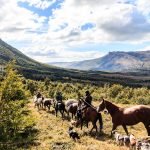
A minimalist’s guide to packing: 4 months in 40 liters
Traveling the world should be more about what experiences you bring back home rather than the stuff you bring with you. Packing minimalist frees you of weight, worry about keeping track of your stuff, the extra carbon footprint, and allows you to focus on what’s in front of you.
I’m embarking on 4 months in South America, by air, land and sea, and I’ve got a layer to survive single digits to triple digits (pretty much), the ability to work remotely, shoot high-quality photo and video, and enjoy some simple pleasures along the way.
The List
Backpack and Security
Pacsafe Venturesafe X40 Backpack
Pacsafe 55L bag protector
3 Eagle Creek ultralight TSA bag locks
MasterLock combination lock
Tech
15” Macbook Pro
Thule 15” laptop sleeve
ScanDisk 480GB SSD external HD
GoalZero Flip 20 battery pack
Google Pixel Phone
Garmin Forerunner 225 watch
Headphones
Camera Gear
Canon 70D
Sigma 10-20mm and 17-50mm lens
Vanguard Veo 235AB tripod
Mindshiftgear Ultralight Camera holster
Peak Designs Clutch, Sling, and Cover
Clothing
Merino wool Buff
2 t-shirts
1 long sleeve shirt
1 mid layer wool hoodie
2 pairs underwear (sounds gross, I know, but read below about my use of merino wool and buying quality over quantity)
2 pairs shorts
1 pair North Face Roc Pants
Arcteryx Atom LT Hoodie synthetic puffy jacket
Columbia Outdry Diamond Rain Jacket
Sneakers
Flip flops
3 pairs short socks
1 pair wool socks
1 Wool hat
1 baseball cap
Native Sunglasses
Accessories
Black Diamond Sprinter headlamp
Camping spork
Collapsible plastic water bottle
gravity water filter
hydration bladder
first aid essentials
- Immodium
- liquid band-aid
- Benadryl
- hydrocortisone (topical anti-itch/inflammatory)
Toiletries
Small, rollable compression bags
Moleskine notebook
Amazon Kindle
Eno single hammock & straps
Eye mask
lock-picking tools (it was a hobby in middle school, but it’s paid dividends at the least likely moments, all for legal purposes of course)
Want more info? Check out the What’s In My Bag page for gear details and links
Minimal is Beautiful
The western world is increasingly a materialist one. More is always better. Someone is selling a gadget or article of clothing for every occasion, and many times there’s a fabrication of need that you can’t go hiking without these specific shoes or camping without this must-have down jacket. I understand; I’m a recovering gear-head who loves walking through REI and drooling over all these things that could make my next hike or run that much lighter, or drier, or faster. In some cases, these things like the ones I’ve mentioned above add value, create peace of mind, and enhance an experience. But anything to an extreme is not a good thing.
I’m trying to adapt a life with more quality and flexibility over quantity and really evaluating what I will need and use most. Can I use one pair of shorts for running and everyday wear? How often am I going to use a 75-250mm zoom lens? (I chose to leave that one behind) How many pairs of pants does a guy really need?
The bulkiest items in my bag are my computer, camera gear, and clothes. I need a bigger computer for my photography, and am not ready to invest in a smaller (mirrorless) camera with the same power as my current one, so clothing was the big area where I could skim down to the bare essentials.
I did this by investing in a few, quality, merino wool clothing products that will last me, that I can wear multiple days without smelling like a foot, and wash easily. Merino wool is naturally anti-microbial, it stays warm when wet, wicks moisture, and is easily hand-washed. My underwear, long-sleeve shirt, one t-shirt, hoodie, and socks are merino wool from Icebreaker.
Aim Small, Miss Small
As humans, economically we tend to live on the margin: essentially to get as much utility as we can out of the resources around us. In travel terminology, that means we have a natural inclination to fill whatever bag we choose. So pick a bag smaller than what you’re comfortable with, and force yourself to fit all of your travel items in that bag.
When I test-packed my bag, I made sure that ALL of my clothes fit in it, including any that I would be wearing at a given time. That way, there’s always a little bit of leeway and empty space for odds and ends you might acquire on your journey.
Remember, it’s not the end of the world if you forget something. You can usually pickup the extras along the way as needed. Just make sure you have the major stuff: backpack, passport, camera, phone, money, unique power cords, etc.
Save your back, your feet, and your worry for more important travel decisions. Bring less with you and you’ll end up getting a lot more out of your travels!
A Word on Carbon Footprint
Every pound of clothing and gear that you bring with you on any form of transport makes you a little less efficient. When it comes to transport, a pound here or there doesn’t contribute to sea level rise marginally, but in the aggregate it makes a huge difference.
Flying
The International Civil Aviation Organization (ICAO) has a carbon footprint calculator that goes into great detail about not just the number of miles flown, but the type of planes generally used, the average amount of fuel used by those planes on certain routes, first class vs. business class vs. coach, and more. The ICAO looks at the total weight in the aircraft, and allocates an average of 100kg (220 lbs) per passenger, not including checked baggage.
[((No. Passengers*100Kg) + (No. of seats * 50 Kg))/1000] (tonnes) + Freight (tonnes) + Mail (tonnes)
For all the details on the ICAO’s methodology into their calculator, see the full 23-page description here. You can also calculate your aviation carbon footprint yourself on their website, or also measure your total carbon footprint on the Sustainable Travel homepage.
Driving
Adding weight to a vehicle increases fuel consumption. You may have experienced this firsthand if you’ve ever towed a trailer or even gone on a long drive with a car full of people vs. empty and watch your gas tank expire with frustrating speed. The Canadian Department of Natural Resources has an interesting fact page that describes the specifics of how weight affects fuel consumption.
…for every 100-kg reduction, the combined city/highway fuel consumption could decrease by about 0.4 L/100 km for cars and about 0.5 L/100 km for light trucks (MIT 2008). Today’s cars and light trucks weigh between 1,000 to 3,800 kg.
What do you think?
What packing advice do you have or have you received that’s worked? Comment below or send me an email!


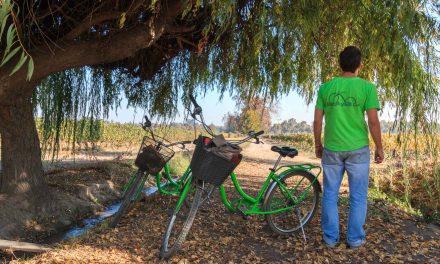
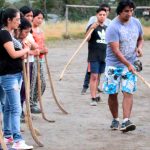

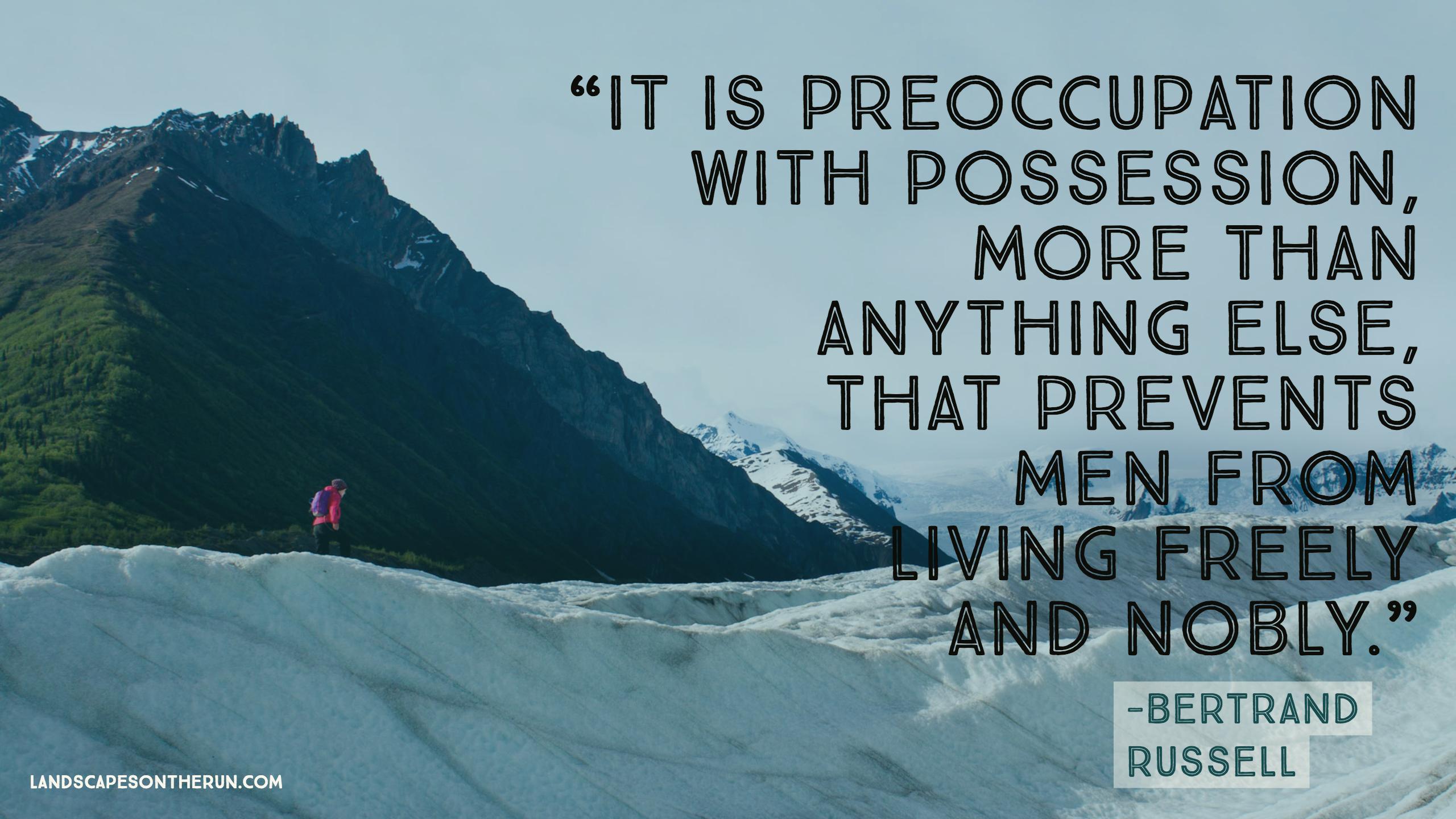
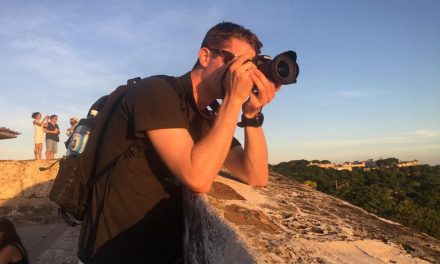
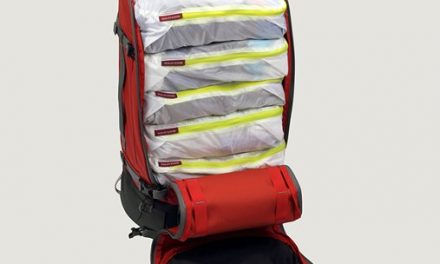
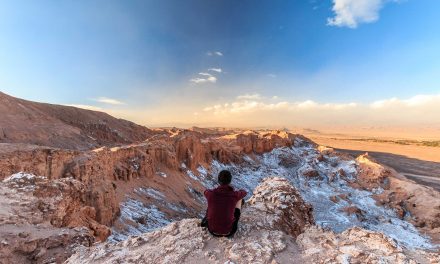
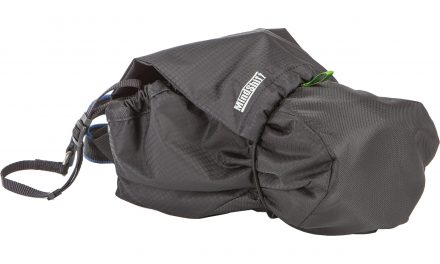
Thank you for such valuable and in-depth information about traveling light. Do you have some extra info on how to actually fold/roll clothing to fit better into your bag? I look forward to your next post.
Thanks for the question! Rolling clothing works well for me, but I’d say either folding or rolling are pretty equal. I have space bags that I’ve brought with me as well for compressing clothes, but I haven’t found them to really save me any huge amount of space. The ones I use are hand-rollable space bags, so you don’t need a vacuum, but you also don’t get the same kind of compression as a result.
Despite nature’s tendency to change her mind last minute, checking the weather ahead of leaving can save you much heartache when it comes to packing.
Absolutely, great point. Though for long-term travel, you have to prepare for (almost) everything!